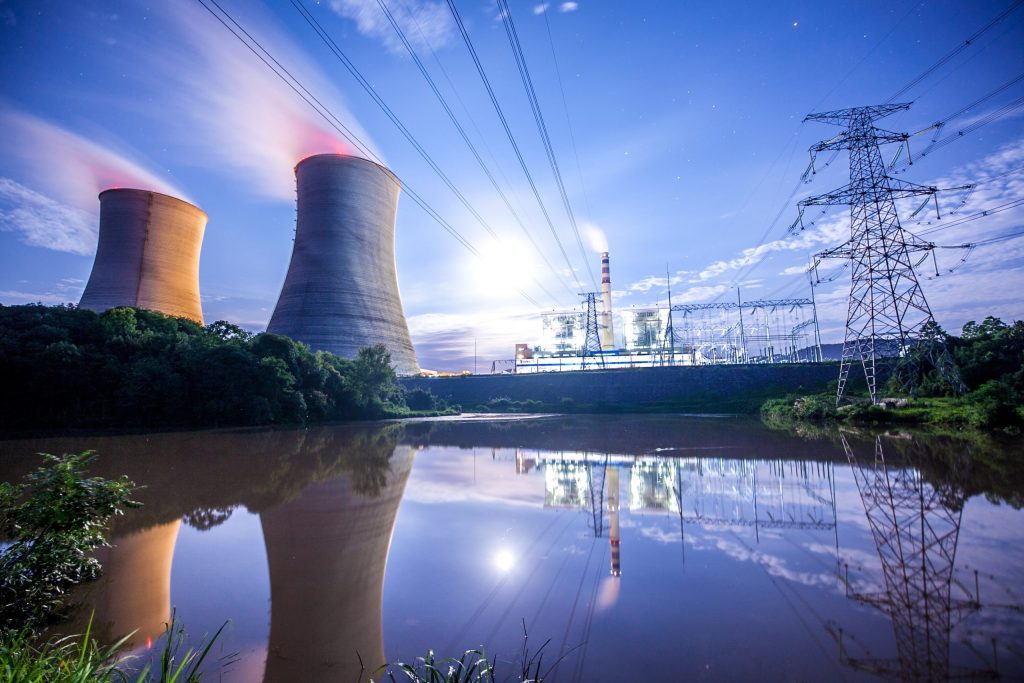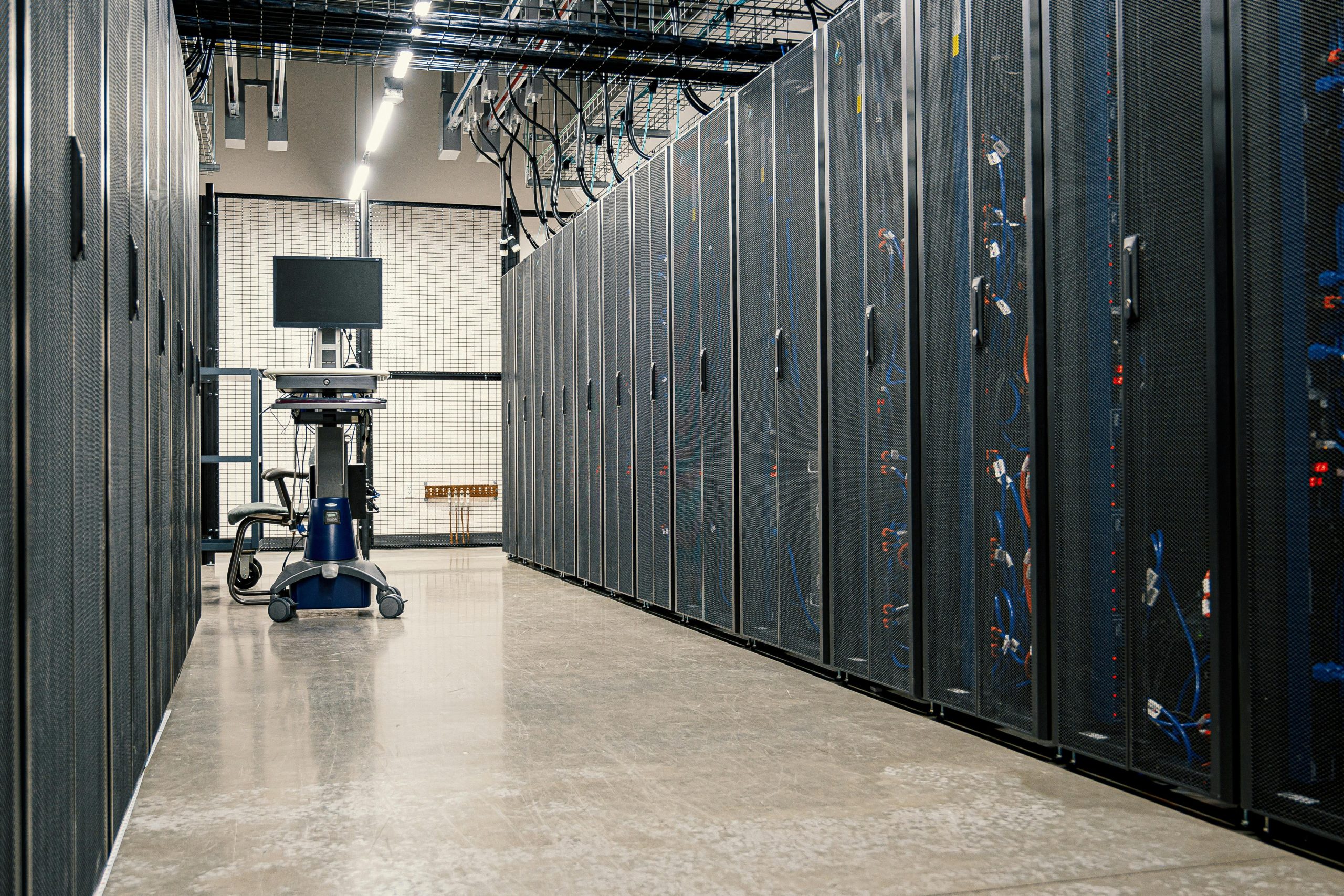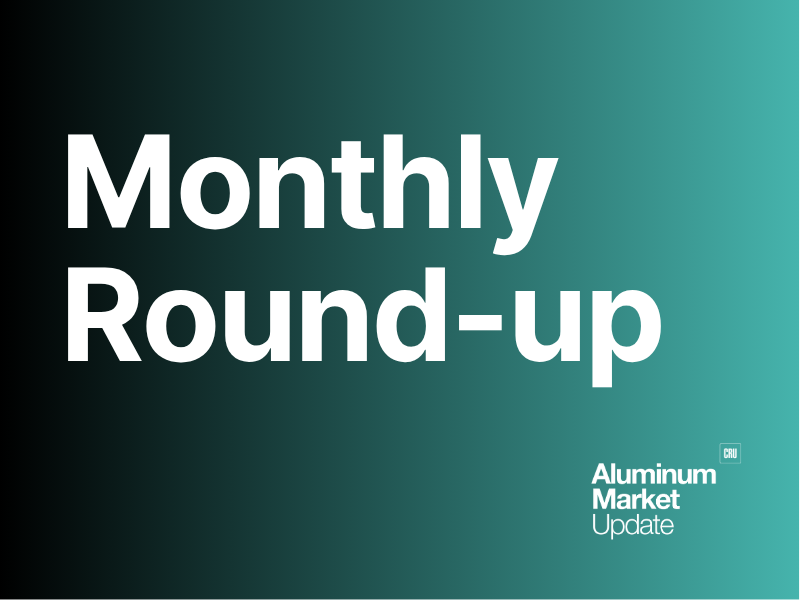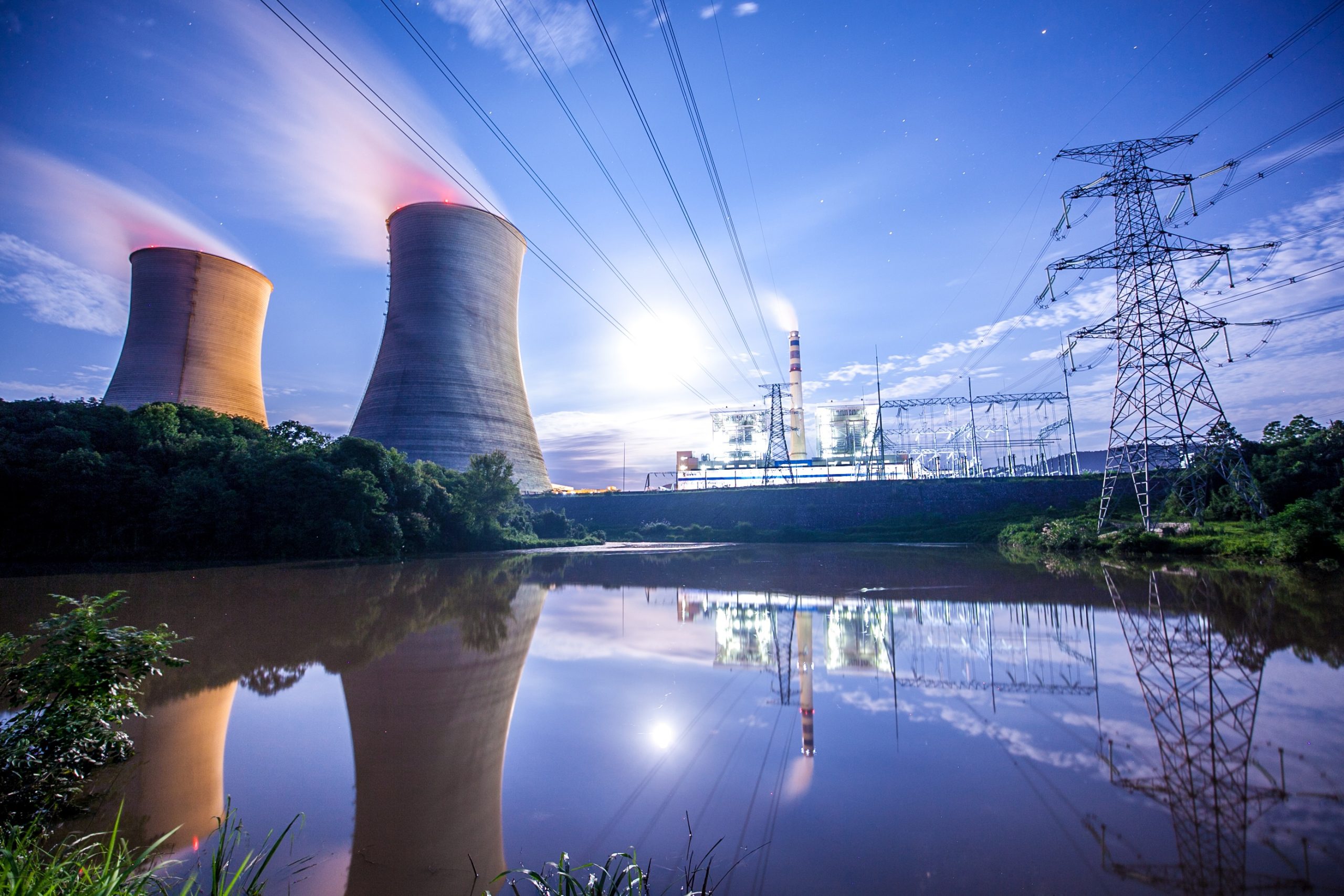Electrical

April 25, 2025
Overcast skies for U.S. solar?
Written by Greg Wittbecker
The Solar Energy Industries Association (SEIA) released its U.S. Solar Market Insight 2024 Year in Review last month. It highlighted some growth in some sectors but also pointed out some sobering numbers on residential installations.
The details:
• US solar industry installed nearly 50 gigawatts direct current (GWdc) – a measure of power generation – of capacity in 2024 , a 21% increase from 2023. This was the second consecutive year of record capacity growth
• Solar accounted for 66% of all new electricity-generating capacity added to the US grid.
• Commercial solar segment installed 2,118 megawatts direct current (MWdc) in 2024, setting an annual record and marking 8% year-over-year growth. A thousand MWdc = one GWdc.
• Community solar segment installed 1,745 MWdc in 2024, marking its largest-ever year of capacity and a 35% increase over 2023. Big growth in Illinois, Maine and New York
• Utility-scale segment installed a record-breaking 41.4 GWdc in 2024, a 33% year-over-year increase and the second consecutive annual record. Twenty-five percent installed in Texas
• The residential segment installed 4,710 MWdc, a 32% decline from 2023. This was the segment’s lowest year on installed capacity since 2021
SEIA issued it base scenario, seeing solar capacity tripling over the next 10 years.
US solar industry capacity will more than triple over the next decade. US solar industry will add more than 375 GWdc by 2035. Over the next decade, cumulative solar installations will exceed 730 GWdc, compared to 236 GWdc installed as of year-end 2024.
SEIA expect annual capacity levels of at least 43 GWdc between 2025 and 2035. But after the significant growth that occurred in 2023 and 2024, some major headwinds were pointed out:
• Interconnection delays remain a big problem (which represent the time for grid operators to get solar and other off-grid generation into the mainstream grid). The Federal Energy Regulatory Commission (FERC) reports the interconnection queue waiting to connect is over 2,000 GW of generation
• Labor shortages are also cited as slowing installations.
• Some concerns cited that some markets may be reaching saturation points, especially in the Sun Belt.
Overall, SEIA expected a 1% average annual contraction over the next 10 years.
Why this matters: Solar panels have been a source of excellent growth for the aluminum extrusion sector, with virtually 100% of the panel frames and roof mounting systems being aluminum. A slowing of residential installations would definitely take the edge off this market.








